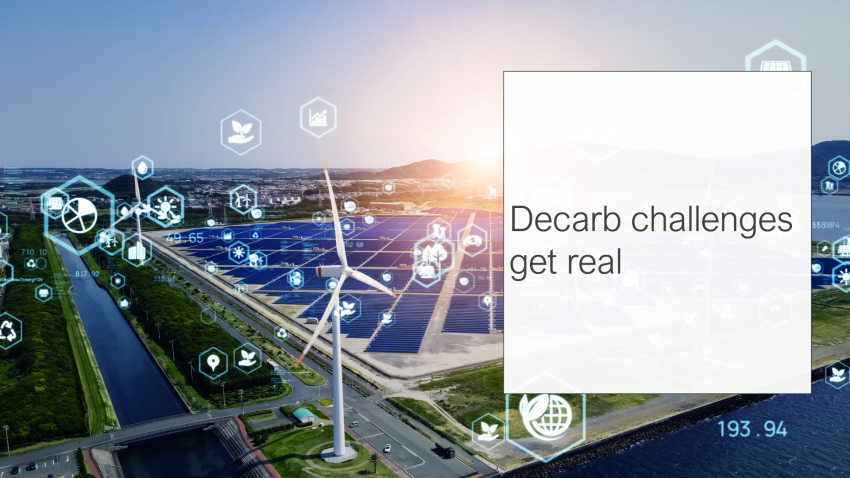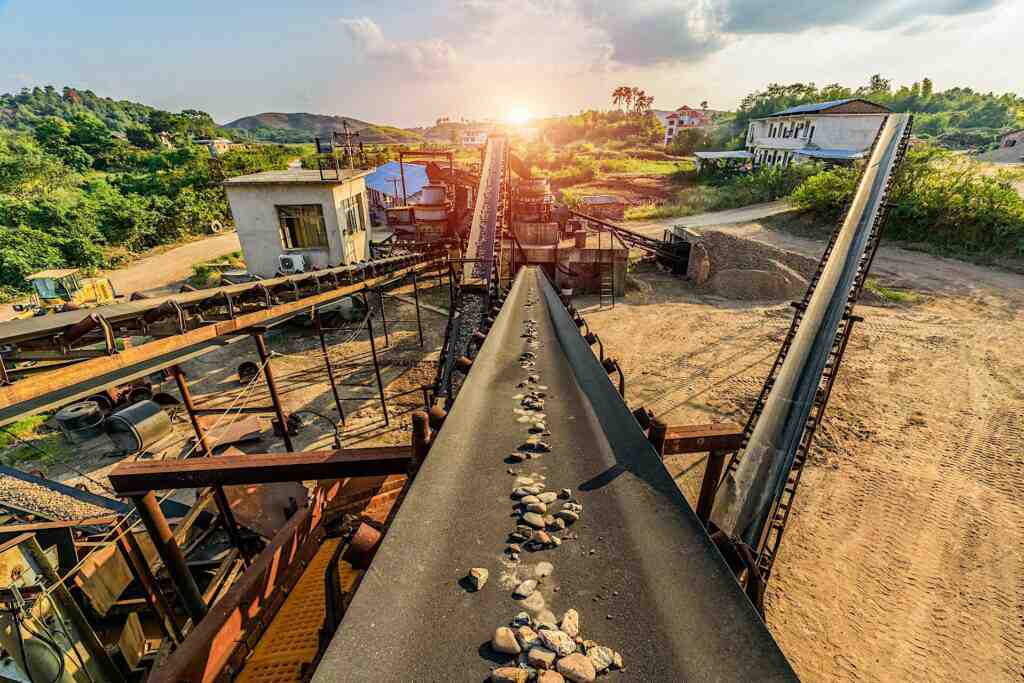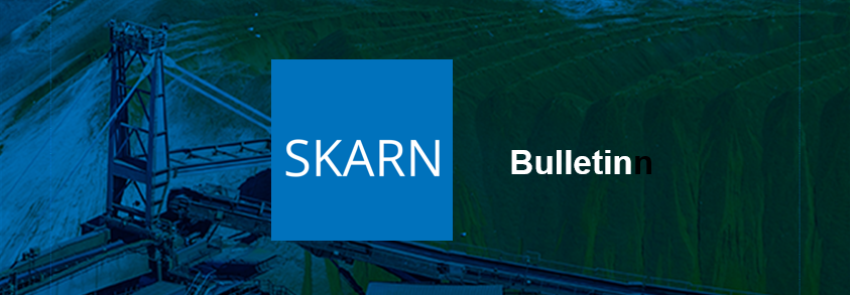
Efforts to decarbonise the mining sector will face mounting challenges in the future as many of the easy gains are achieved, which will leave the sector wrestling with how to reduce Scope1 and 3 emissions. The question of who is going to pay for this is increasingly relevant, Mark Fellows, Chief Executive of Skarn Associations, said during a presentation in Toronto, Canada.
Fellows stated that the mining sector is not on a consistent net zero trajectory with miners’ efforts to decarbonise failing to offset emissions increases driven by increasing production volumes. Despite a 4.2% year-on-year reduction in 2022, over the 2018-2022 period, the average greenhouse gas intensity per unit of copper production saw an 8% reduction, or about 2% per year. This was not in line with 1.5-degree climate warming pathway established in the Paris Climate Agreement, which requires a roughly 3.6% per year reduction.
Preliminary estimates for 2023 appear to tell a similar story, with nickel producers showing similar results. The performance of the lithium sector is even worse. “Nickel had a good 2022 but a poor 2023. The gold miners reduced emissions somewhat but are not hitting the 1.5degree threshold, and lithium is not anywhere close to decarbonising on an intensity basis. As a sector we are definitely not on track,” said Fellows.
He explained that the early gains achieved by the sector were due to reductions in Scope 2 emissions related to a switch to renewable power sources, although growth in production means aggregate emissions are increasing.
“Access to a low-carbon power supply has been the only factor having any meaningful impact on the carbon intensity of copper production. We see production increase over time, but the emissions intensity is not decreasing rapidly, so the gross tonnage of emissions continues to rise. We are in real danger of the cure being worse than the disease if don’t get on top of carbon intensity,” he said.
With Scope 2 reductions at least partly booked, miners are facing the challenge of reducing Scope 3 emissions in their downstream supply chains. For some commodities, Scope 3 emissions dwarf Scope 1 and 2 emissions related to direct production. “The Scope 3 emissions for iron ore producers dwarf their Scope 1 or 2 emissions as they have to account for the downstream emissions for steel production, which is why they are investing in green steel initiatives,” said Skarn.
Fellows applauded the ICMM issuing guidance for its members on how to report on their Scope 3 emissions. The mining sector is one of the most advanced in this of any economic sector, Rio Tinto Chief Execut ive, Jakob Stausholm, said during his keynote at the 2024 Prospectors and Developers Association Conference in Toronto earlier this month.
However, he cautioned that the Scope 3 guidelines appear to include numerous compromises, which may or may not be founded on practical considerations, stating “The ICMM guidelines encompass many different possibilities and fit to the requirements of many different businesses,”.
Paying for it
The mining sector is now facing the hard yards, both from a technology point of view and the costs involved. Scope 2 gains were largely achieved because they were projects that generated positive return on investment, but future decarbonisation expenditure may not in many instances.
Skarn analysis shows that copper mines can abate 15% of their emissions to 2040 using technologies that can have a positive return on investment, leaving 85% of emissions unabated, if positive financial returns are a prerequisite. Where abatement is the primary driver regardless of the financial return, abatement could increase to more than 50% of emissions by 2040. “Who is going to pay for this?” he asked.
Stausholm stated during his PDAC keynote that “the capital markets are not rewarding low-carbon operat ions. If the world really wants to decarbonise the world, it will have to put some kind of value on it.”
Fellows stated the mining sector is seemingly not leveraging its analysis to lobby government for decarbonisation funding. “Over the past four years, much of the work we have done has been driven by requests from diversified mining company clients that are trying to map out their future and make long-term strategic decisions. Lobbying has not begun regarding this, it has focused on the economic considerations to bring new critical minerals supply on stream. The economics of decarbonisation don’t yet seem to be connected to lobbying,” said Fellows.
The financial aspects are becoming more critical as mandatory standards are increasing, such as the EU Battery Passport which comes into effect in 2026, which requires a declaration and imposes limits on the carbon footprint of electric vehicles and batteries.
For more information on Skarn's GHG intensity data or to access the full presentation, contact us.
MORE FROM SKARN

About Us
Skarn Associates is the market leader in quantifying and benchmarking asset-level greenhouse gas emissions, energy intensity, and water use across the mining sector.
